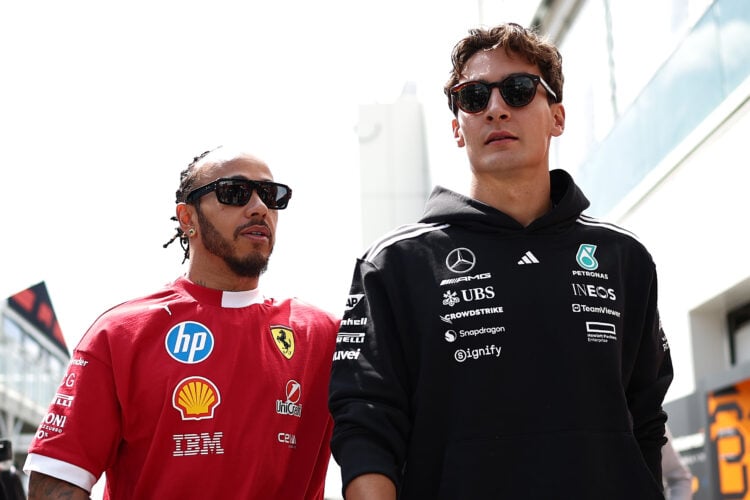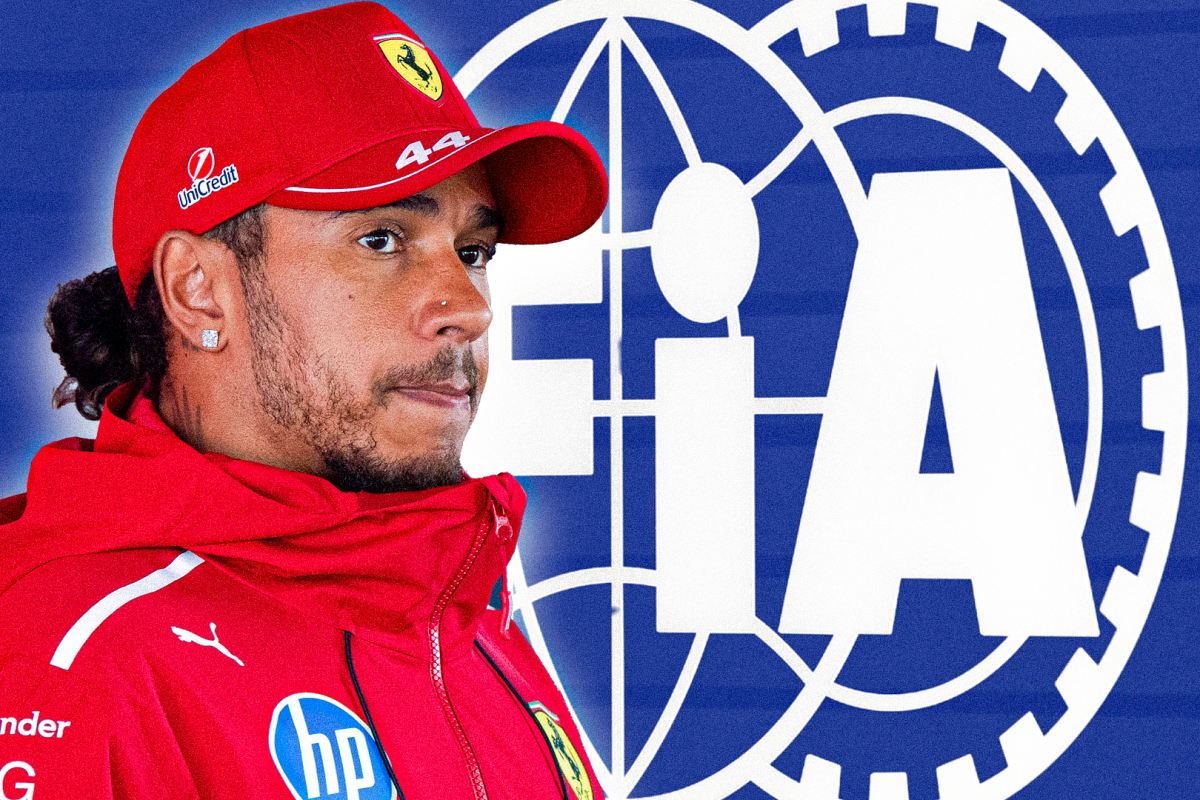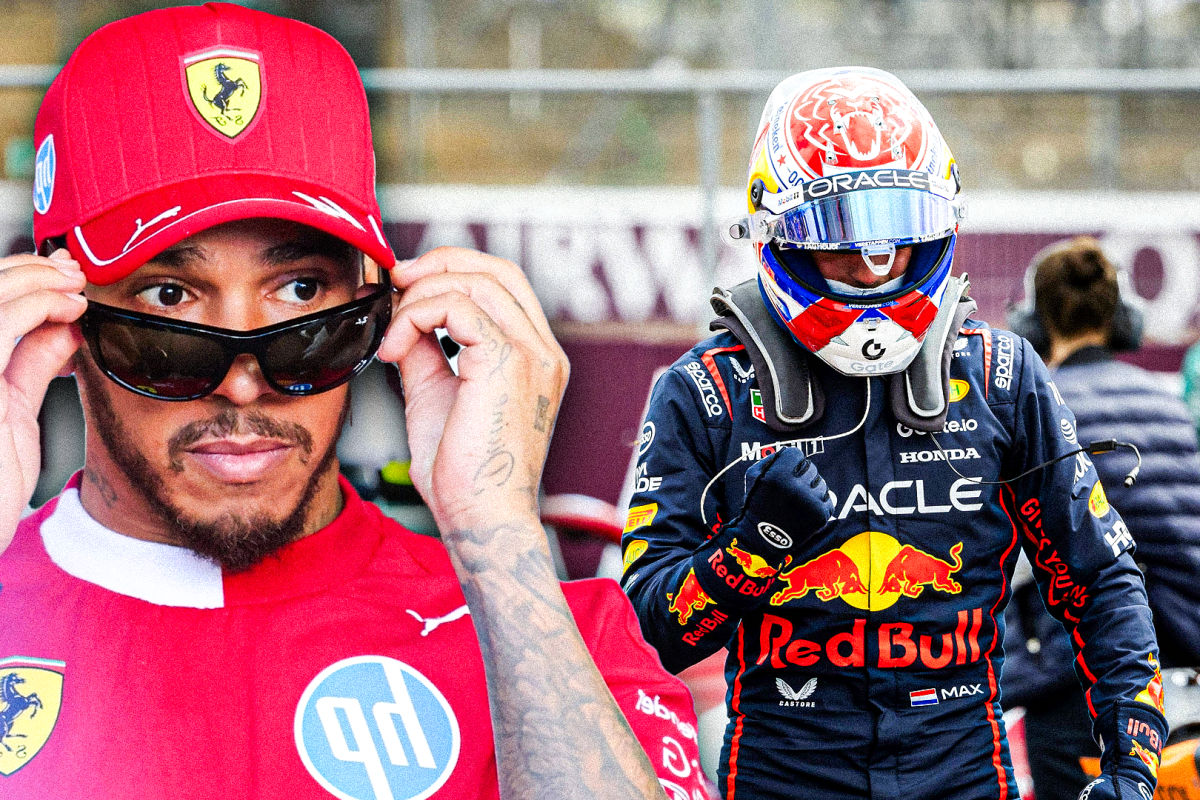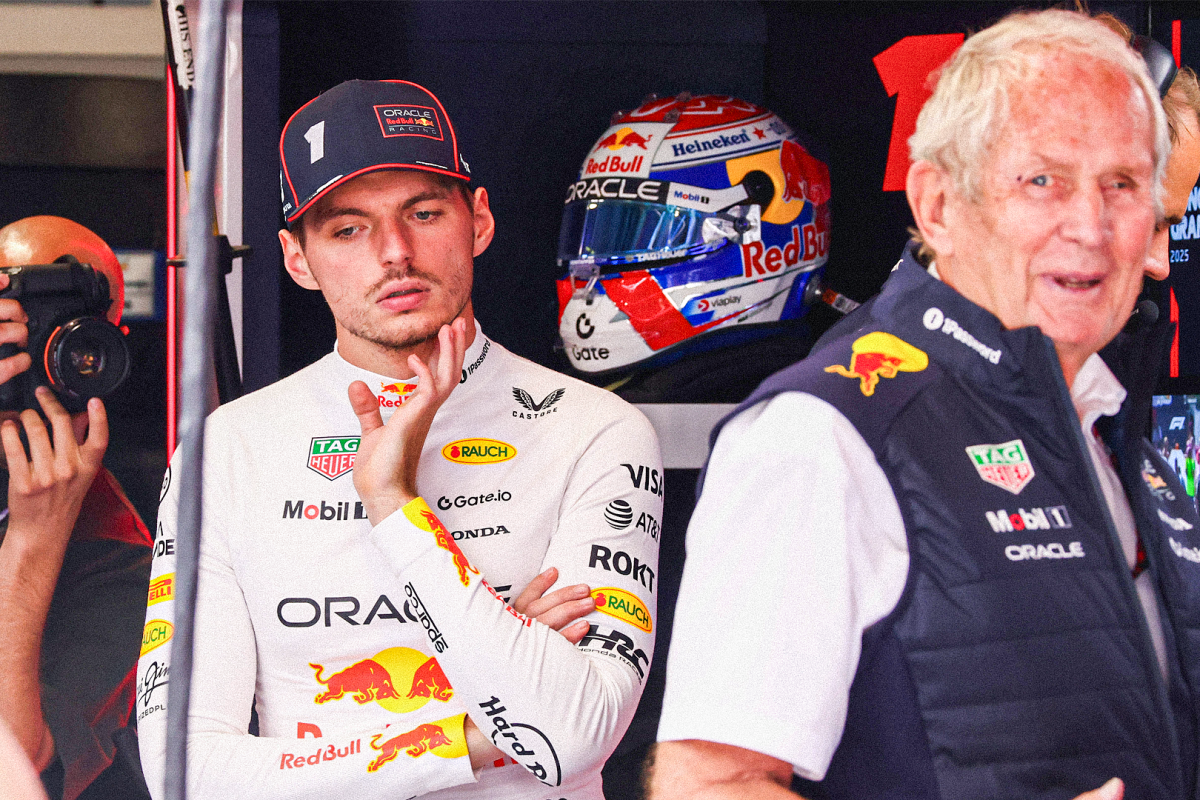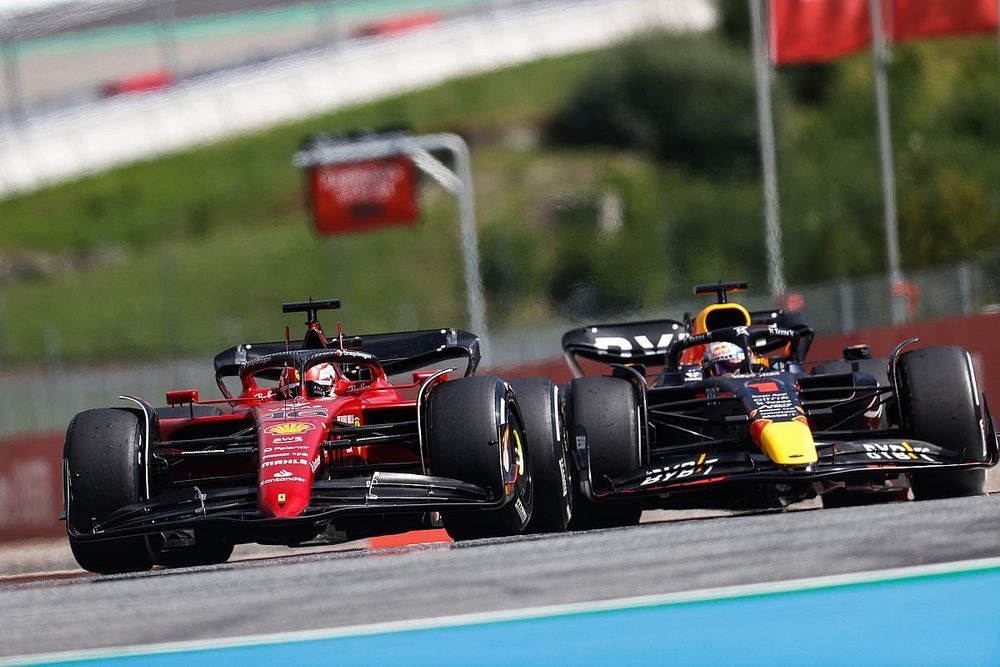George Russell Continues to Struggle with Mercedes Issue, Echoes of Hamilton’s P… read more
George Russell, the Mercedes driver, is reportedly still encountering a persistent issue with the team’s car, a problem that mirrors complaints previously raised by Lewis Hamilton during his tenure with the Silver Arrows. This ongoing difficulty, while not publicly identified, has reportedly impacted Russell’s performance and is fueling speculation about the intricacies of the W14’s handling and its overall design.
The whispers within the Formula One paddock are growing louder, echoing the familiar anxieties surrounding Mercedes’ performance. Russell, a driver known for his meticulous approach and rapid adaptation, is seemingly struggling to fully harness the potential of the car, despite consistent efforts. Sources close to the team, while remaining tight-lipped, have confirmed the existence of a challenge that persists, suggesting a deeper issue than simply a momentary setback.
The situation bears a striking resemblance to Lewis Hamilton’s struggles during the latter stages of his time with Mercedes. Hamilton, consistently one of the most successful drivers in the sport, frequently voiced concerns regarding the car’s handling characteristics and the overall balance, particularly during high-speed maneuvers and on certain tracks. These complaints, though never explicitly revealed as affecting the car’s performance on a consistent basis, created a sense of frustration that permeated the team.
While the precise nature of the problem facing Russell has not been publicly disclosed, the speculation has centered on several key areas. Some believe the issue revolves around the car’s tendency to understeer, particularly in cornering, making it harder to maintain optimal speed. Others suggest the problem might stem from inconsistencies in the car’s aerodynamic response under different conditions, leading to unpredictable handling characteristics. Further compounding the problem could be issues with the car’s overall balance, potentially impacting the driver’s ability to generate the desired levels of grip.
These potential explanations, while speculative, highlight the complexities inherent in modern Formula One racing. The intricacies of car design, the meticulous balancing of aerodynamic forces, and the nuances of driver input all contribute to a highly technical and demanding environment. Even seemingly minor variations in car setup or track conditions can dramatically impact a driver’s performance, necessitating constant adjustments and fine-tuning.
The continued struggles also raise questions about the team’s ability to address persistent issues and the effectiveness of their troubleshooting procedures. Mercedes’ dominant past has given way to a more challenging present, and the persistence of these problems is a key indicator of the significant obstacles they face in regaining their championship prowess. The pressure to deliver competitive results is undoubtedly mounting, and the team’s reputation is at stake.
The team’s approach to addressing this issue is crucial. A transparent dialogue between the driver and the engineers is paramount. Thorough data analysis, coupled with meticulous testing, is essential to pinpointing the specific source of the problem and developing effective solutions. Ultimately, the success hinges on a precise understanding of the car’s limitations and the ability to optimize its performance to suit different track conditions and driver preferences.
Russell’s current struggles contrast sharply with his early performances this season. His early-season form showcased a potential shift in driver-car synergy, suggesting a promising partnership. However, the recent consistency of the problem raises concerns about the team’s ability to maintain that level of performance.
Further complicating the issue is the pressure to deliver results in an era where other teams have closed the gap. Teams like Red Bull and Ferrari are pushing the boundaries of innovation, pushing Mercedes to catch up. They are under pressure to not only solve the problems but also to maintain their lead in the evolution of Formula One technology.
The situation highlights the dynamic nature of Formula One. Technological advancements, ever-changing track conditions, and the nuanced demands of driver interaction contribute to a sport where even the slightest disparity can dramatically impact performance. Mercedes, despite their history of dominance, must now demonstrate their adaptability and resilience.
The lingering question remains: can the team successfully diagnose and rectify the issues plaguing Russell, or will this persistent problem continue to impact their performance throughout the season? The coming races will undoubtedly provide critical insights into the extent of the challenge and the team’s ability to overcome it. Their ability to find a solution will significantly influence their chances of competing for the championship in the years to come.
